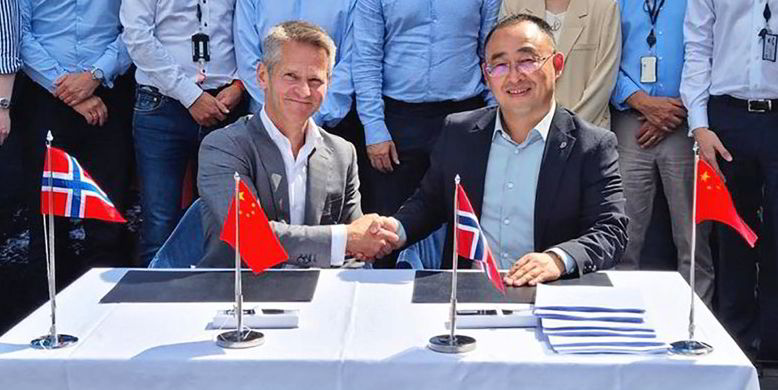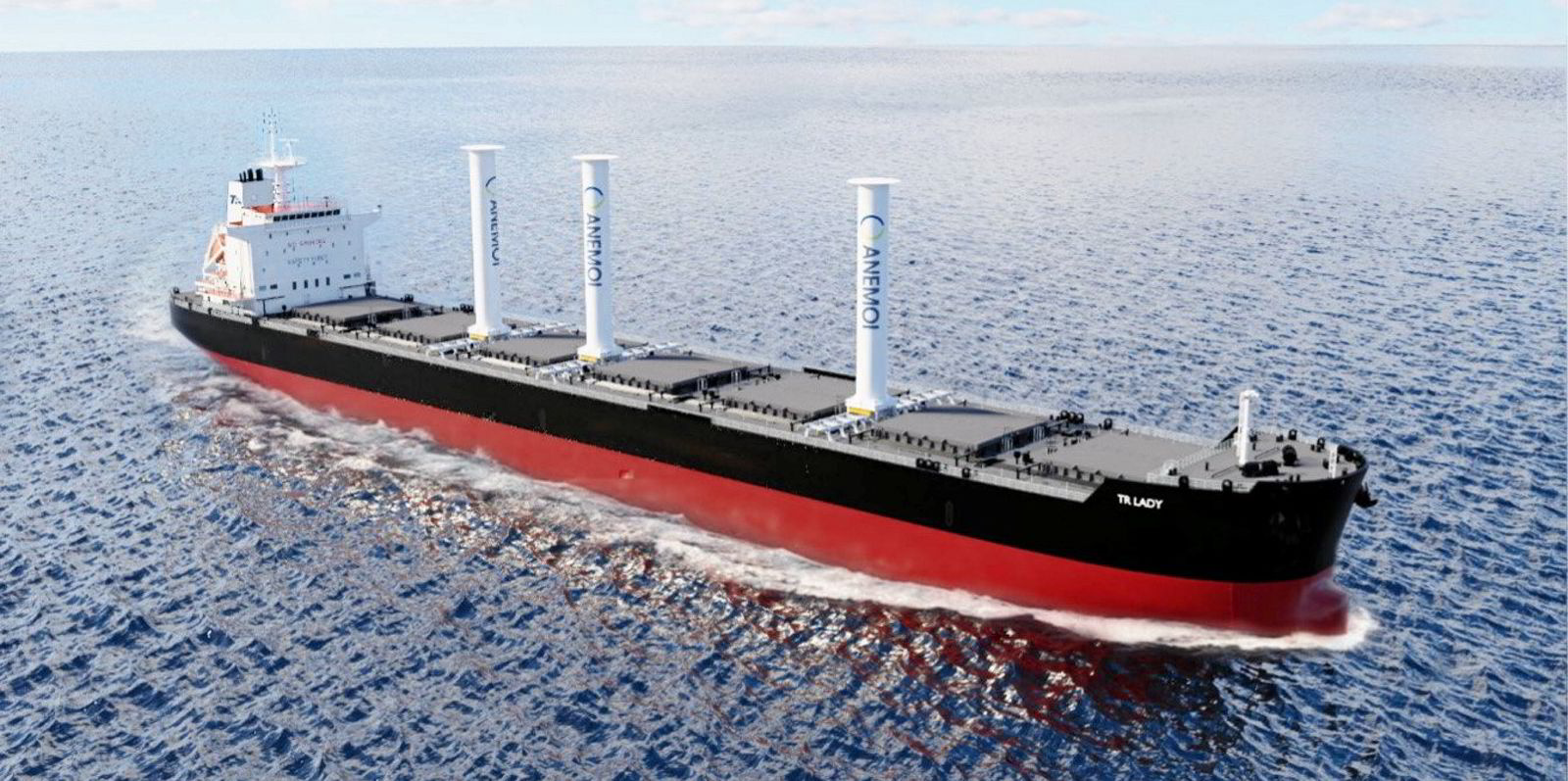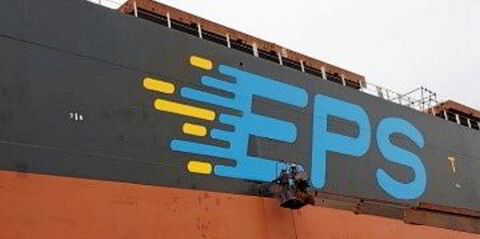Klaveness Combination Carriers (KCC) is considering using wind propulsion on its new vessels.
The Oslo-listed owner has three Cabu caustic soda and dry bulk newbuildings on order in China to replace three older ships in 2026.
The design of the innovative vessels has changed over the years to improve efficiency, while energy-saving devices have been used increasingly.
Chief executive Engebret Dahm told TradeWinds: “There has been some advancement when it comes to optimisation of hull form and dynamics to minimise fuel consumption.
“But I think the main thing when it comes to the fuel efficiency is all the energy efficiency measures that we put on the ships.”
These include an air lubrication system, a shaft generator, a Mewis duct, plus a list of other measures that are being looked at.
“We are for example currently considering installing wind-assisted propulsion, but decisions are not yet made,” the CEO added.
“The vessels are designed as zero-emission and are prepared for later conversion to zero-emission fuels, having amongst other things deck space and strength for fuel tanks for zero-emission fuels and a main engine and auxiliary engines easily convertible to zero-emission fuels,” Dahm said.
There appears little prospect of other companies trying to muscle in on KCC’s trades with new combination carriers of their own.
The company is protecting its design, following the time and effort put into it over the years.
But scrubbers will not be a feature of the new vessels, as KCC is happy operating with low sulphur fuel oil.
Robot cleaning
In 2021, KCC said it would further roll out semi-autonomous hull cleaning across its fleet.
The Norwegian owner said it would “leave no stone unturned” in its decarbonisation quest after partnering with domestic technology start-up Shipshave.
The letter of intent for the fleet cleaning followed a successful trial on the 80,000-dwt caustic soda and bulk cargo carrier Ballard (built 2017).




